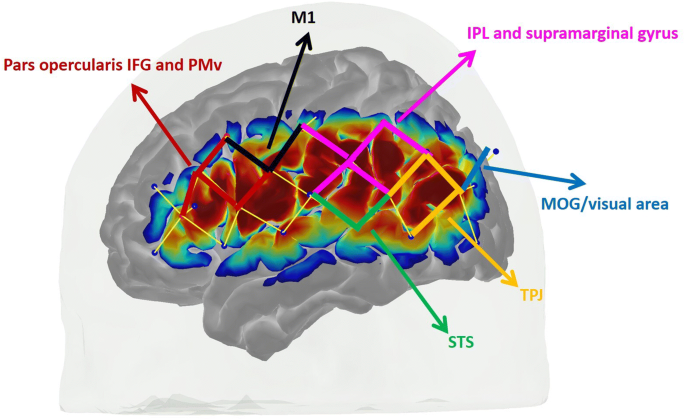

The main indications requiring tailored imaging sequences of the hippocampus are medically refractory epilepsy and dementia. Magnetic resonance imaging is the preferred imaging technique for evaluating the hippocampus. The hippocampus can be affected by a wide range of congenital variants and degenerative, inflammatory, vascular, tumoral and toxic-metabolic pathologies. This area is involved in the body's natural reflexes and also involuntary actions including sneezing, coughing or vomiting.The hippocampus is a small but complex anatomical structure that plays an important role in spatial and episodic memory. Its responsibilities include vital bodily functions, including heart rate, blood pressure and breathing. The medulla is positioned at the bottom of the brain stem.The pons is also an integral part of the body's hearing, taste, balance and posture, and regulating deep sleep. Next, the pons controls communication within the brain, by sending messages to the cerebellum and cerebrum, for example. First, it controls breathing rate, the amount of oxygen taken in along with the number of breaths per minute.


It also involved with sleep and emotional activity. It monitors many bodily functions including sleep, hunger, and thirst. Hypothalamus: While the thalamus is responsible for interpreting signals from outside stimulus, the hypothalamus is responsible for maintaining systems inside the body.It processes auditory and visual signals, as well as our emotional expression. It is involved in functions such as pain perception and motor control. Thalamus: The thalamus is an integral component in relaying messages to the appropriate regions of the body.X Research sourceĮxplain the function of each section: There are four sections of the limbic system. Temporal lobe: Located at the bottom of the brain, the temporal lobe is tasked with processing the sounds we hear, as well as memory and speech perception.The occipital lobe is located at the back of the brain. Occipital lobe: The occipital lobe has but one responsibility taking the information that we see, translating it, and sending appropriate signals to the brain for processing.Its location is in the center of the brain. The parietal lobe is also responsible orientation and recognition. Parietal lobe: This lobe is responsible for translating signals to the brain from tangible sources touch, pain, pressure.The frontal lobe is located at the very front of the brain. Encompassed in the frontal lobe is the body's power of planning, expression, reasoning and problem solving. Frontal lobe: High levels of perception and motor skills are controlled by the frontal lobe.The cerebrum is divided into four lobes, each with a specific function: X Research source


 0 kommentar(er)
0 kommentar(er)
